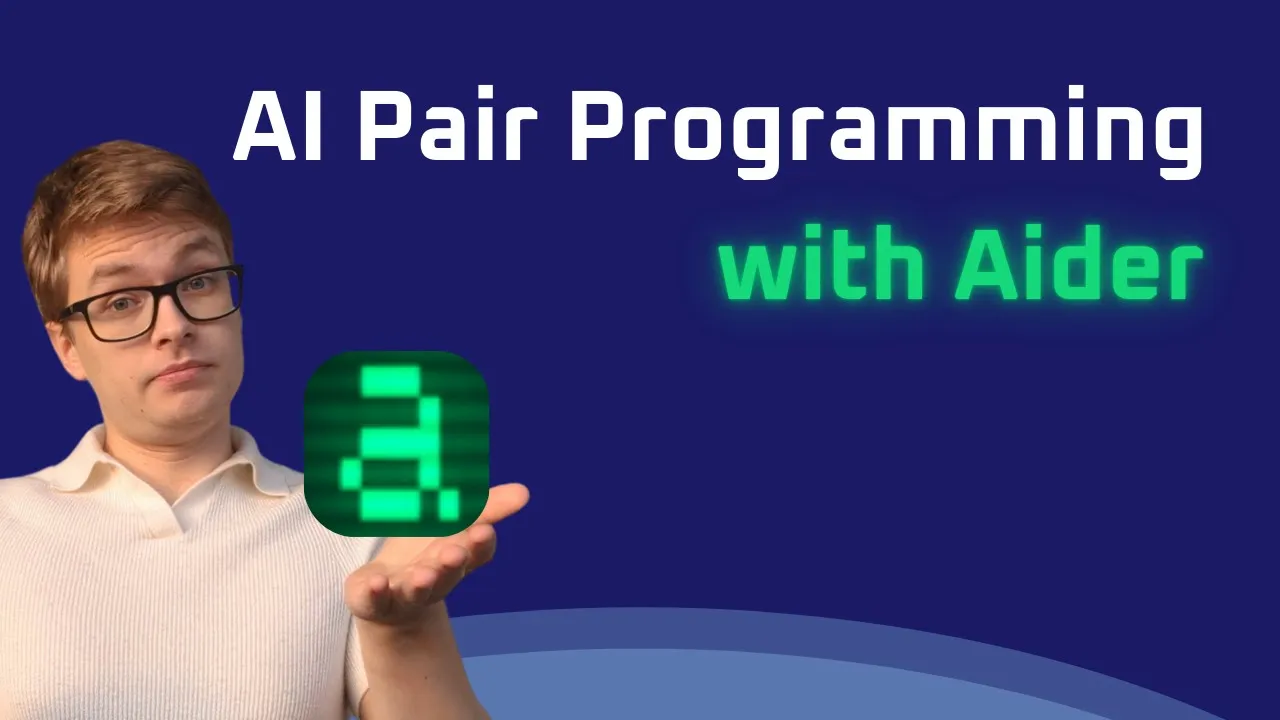Transforming Code Quality Through AI-Driven Architecture Reviews
Software quality has always been a challenging balance between delivering features quickly and building maintainable systems. Even experienced developers struggle to maintain architectural discipline when deadlines loom. Now, AI-driven code reviews are creating a new paradigm where quality guidance is available on demand, transforming how teams approach code architecture and design.
Beyond Code Completion: AI as Architectural Advisor
Much of the discussion around AI coding assistants has focused on their ability to generate code. However, one of the most valuable yet underappreciated capabilities is architectural guidance - the ability to analyze existing code and suggest structural improvements that humans might miss or deprioritize.
This shift from AI as a code generator to AI as an architectural advisor represents a fundamental evolution in how these tools contribute to software quality. The best AI companions can:
- Identify scalability bottlenecks before they become problematic
- Suggest refactoring opportunities that improve maintainability
- Recommend pattern implementations based on code context
- Detect architectural inconsistencies across a codebase
These capabilities extend far beyond what traditional static analysis tools provide, offering contextual understanding rather than simply flagging violations of predefined rules. For those looking to integrate these architectural principles into their career development, my comprehensive AI engineering career roadmap covers how to build expertise in AI-driven development practices.
The Human Blind Spots in Architecture
Even experienced developers develop blind spots in their own code. These blind spots emerge from several common patterns:
- Familiarity bias, where we no longer see complexity because we’ve grown accustomed to it
- Timeline pressure that prioritizes functionality over architecture
- Knowledge gaps in specific optimization approaches
- The difficulty of maintaining a holistic view while focused on implementation details
AI code review creates a counterbalance to these natural tendencies by providing a consistent architectural perspective that isn’t influenced by project history, timeline pressure, or emotional attachment to existing approaches.
From Reactive to Proactive Architecture
Traditional approaches to architecture often involve periodic reviews or addressing issues after they’ve become problematic. AI enables a shift to proactive architecture where:
- Architectural decisions are questioned before being fully implemented
- Small deviations from best practices are caught early
- Alternative approaches are suggested during the development process
- Performance implications are considered during initial implementation
This proactive approach dramatically reduces the cost of maintaining software quality, as architectural issues are addressed when they’re easiest to fix.
Building Architectural Thinking in Development Teams
Perhaps the most significant long-term benefit of AI-driven architecture reviews is their educational effect on development teams. When developers regularly interact with architectural suggestions:
- They begin to internalize architectural patterns
- Code quality improves even without AI intervention
- The team develops a shared architectural vocabulary
- Junior developers learn faster through contextualized examples
This educational effect transforms not just the codebase but the capabilities of the entire development organization, creating a virtuous cycle of continuous improvement. Understanding how to effectively leverage AI tools in your development workflow is a key skill covered in my guide to practical AI implementation.
Balancing Innovation and Consistency
One challenge in software development is maintaining architectural consistency while allowing for innovation. AI architectural reviews help teams navigate this balance by:
- Distinguishing between principled exceptions and inconsistencies
- Explaining the reasoning behind architectural suggestions
- Offering multiple valid approaches with their respective tradeoffs
- Highlighting innovative patterns that might be applicable elsewhere
This balanced approach keeps codebases from becoming either too rigid or too chaotic, creating sustainable systems that can evolve without accumulating technical debt.
From Quality Control to Quality Creation
The ultimate promise of AI-driven architecture reviews is a shift from quality control (finding and fixing problems) to quality creation (building correctly from the start). As teams incorporate AI architectural guidance into their daily workflow, the nature of quality assurance fundamentally changes.
This shift enables teams to allocate human code review time to higher-value concerns like business logic correctness, user experience, and strategic technical decisions, while ensuring that foundational architectural quality is consistently maintained. For a complete toolkit of AI development patterns, explore my production AI systems development guide.
To see exactly how to implement these concepts in practice, watch the full video tutorial on YouTube. I walk through each step in detail and show you the technical aspects not covered in this post. If you’re interested in learning more about AI engineering, join the AI Engineering community where we share insights, resources, and support for your journey. Turn AI from a threat into your biggest career advantage!

